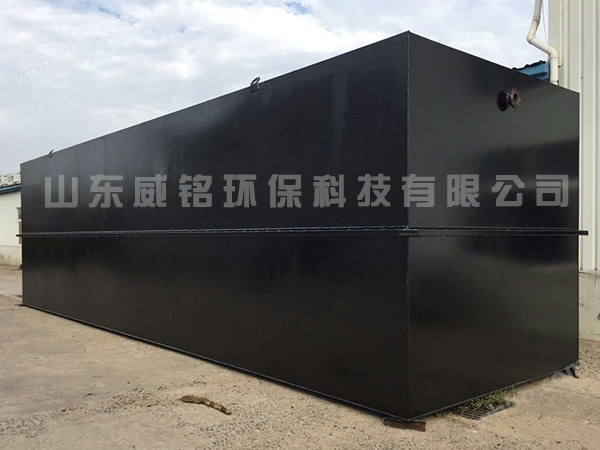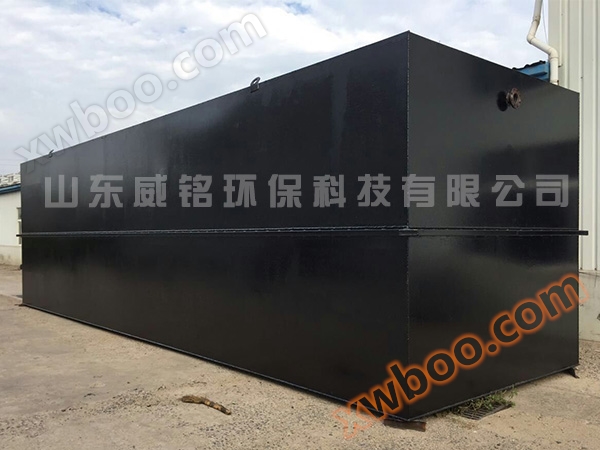Product Name: Tu Tu Wastewater Treatment Equipment

1、 Equipment Introduction:
Dissolved air flotation technology has been widely used in water supply, drainage, and wastewater treatment in recent years. It can effectively remove light flocs that are difficult to precipitate in wastewater. Large processing capacity, high efficiency, small footprint, and wide range of applications. Widely used in wastewater treatment for petroleum, chemical, printing and dyeing, papermaking, oil refining, leather, steel, mechanical processing, starch, food and other industries. After the chemical addition reaction, the sewage enters the mixing zone of air flotation and comes into contact with the released dissolved air water, causing the flocs to adhere to fine bubbles before entering the air flotation zone. Under the action of buoyancy, flocs float towards the water surface to form floating scum. The clear water in the lower layer flows through the collector to the clear water tank, and a part of it is refluxed for use as dissolved water. The remaining clear water flows out through the overflow port. After the floating slag on the surface of the air flotation tank accumulates to a certain thickness, it is scraped into the sludge tank of the air flotation machine by a scraper and discharged.
2、 In the field of water treatment, air flotation machines are applied in the following areas:
1. Separate small suspended solids, algae, and other micro aggregates from surface water.
2. Recycling useful substances from industrial wastewater, such as pulp in papermaking wastewater.
3. Replace the separation and concentration of sludge in the secondary sedimentation tank.
This series of air flotation machines is mainly used for solid-liquid or liquid-liquid separation. By using a dissolved gas release system, a large number of fine bubbles are generated in water, which adhere to solid or liquid particles in the wastewater with a density close to that of water, resulting in a state where the overall density is lower than that of water. They rely on buoyancy to rise to the water surface, thus achieving the purpose of solid-liquid or liquid-liquid separation.

